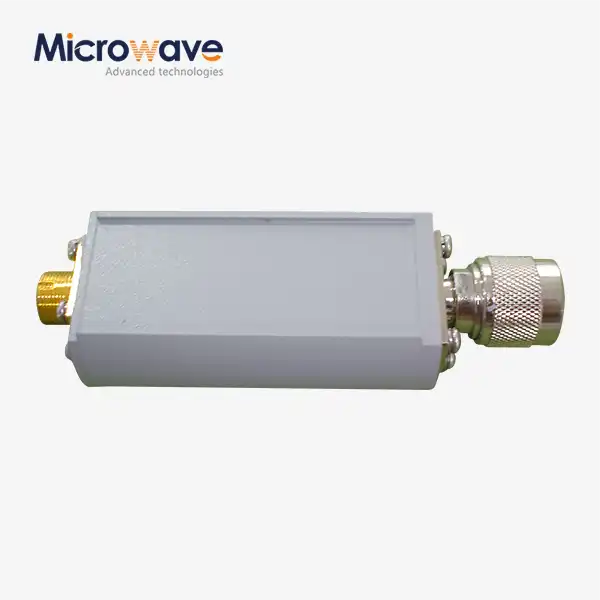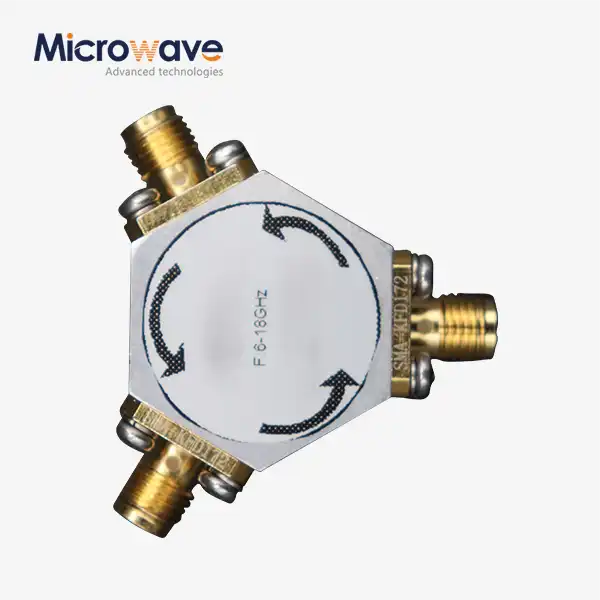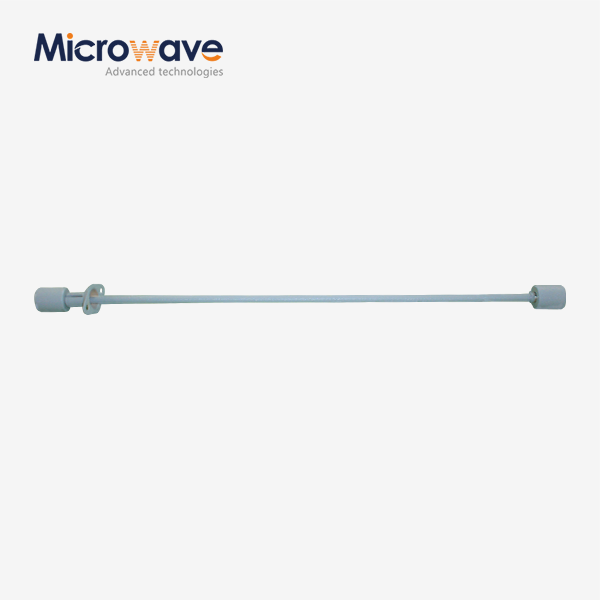What is the role of a coaxial load in RF and microwave systems?
In the complex world of radio frequency (RF) and microwave engineering, every component plays a crucial role in ensuring system integrity and performance. Among these critical components, the Coaxial Load stands as an essential element that often doesn't receive the attention it deserves. Coaxial loads are fundamental devices designed to absorb and dissipate excess RF energy without reflecting it back into the system. This seemingly simple function is vital for maintaining the stability, accuracy, and longevity of RF and microwave systems across various applications including telecommunications, defense, aerospace, and scientific research.
Fundamental Functions of Coaxial Loads
Power Termination and Absorption
Coaxial loads serve as the endpoint in RF and microwave systems, effectively terminating transmission lines by absorbing incident power. When RF energy reaches a coaxial load, it converts this energy into heat instead of reflecting it back into the system. This absorption capability is crucial because reflected signals can create standing waves that interfere with the original signal, potentially causing signal distortion, system instability, and even damage to sensitive components. Advanced Microwave Technologies' CL series coaxial loads are specifically engineered to handle power levels up to 500 Watts, ensuring efficient termination across various applications. The thermal management capabilities of these loads allow them to dissipate significant heat while maintaining operational stability. By incorporating advanced heat dissipation materials into the design, our Coaxial Load products effectively manage thermal loads even under extreme conditions, preventing overheating and extending the lifespan of both the load itself and the connected equipment. This high power dissipation characteristic is particularly valuable in high-energy systems where excess RF energy could otherwise cause substantial damage to sensitive system components.
Impedance Matching and System Calibration
One of the most critical functions of a coaxial load is to provide precise impedance matching, typically at 50 ohms, which is the standard impedance for most RF and microwave systems. This standardization ensures maximum power transfer and minimal signal reflection. When properly matched, a coaxial load helps maintain the integrity of signal transmission and reception throughout the system. Advanced Microwave's coaxial loads are precision-engineered using cutting-edge CNC machining techniques to achieve an impressive VSWR (Voltage Standing Wave Ratio) of less than 1.2:1, indicating minimal signal reflection. This precision is essential during system calibration processes where accurate reference points are necessary. A high-quality coaxial load provides a stable, known termination that allows engineers to calibrate testing equipment, characterize components, and validate system performance with confidence. The stringent quality control measures applied to each Coaxial Load unit ensure they meet rigorous standards, making them reliable reference components for calibration processes across various industrial and scientific applications.
Test and Measurement Applications
In testing environments, coaxial loads play an indispensable role in verifying the performance of RF and microwave equipment. They serve as dummy loads that safely absorb transmitted power during equipment testing, allowing engineers to evaluate transmitter output power, frequency response, and other critical parameters without actually broadcasting signals. Advanced Microwave Technologies' coaxial loads operate across an impressive frequency range from DC to 110 GHz, making them versatile tools for a wide spectrum of test applications. The broad frequency coverage of our Coaxial Load products enables their use in diverse testing scenarios, from basic communications equipment to cutting-edge scientific instruments. In laboratory settings, these loads provide the precise power absorption necessary for accurate measurements and evaluations. Their consistent performance across varying environmental conditions—operating temperatures from -55°C to +125°C—ensures reliable test results regardless of the testing environment. This reliability is paramount in research and development phases where accurate measurements form the foundation for future innovations in RF and microwave technology.

Design and Technical Considerations
Material Selection and Construction
The effectiveness of a coaxial load is heavily dependent on the materials used in its construction. High-quality loads utilize specialized materials that can efficiently absorb RF energy and convert it to heat while maintaining impedance stability. Advanced Microwave Technologies' coaxial loads incorporate RoHS-compliant materials that combine excellent electrical properties with environmental responsibility. The physical construction of a Coaxial Load must balance several competing requirements. It needs to be robust enough to withstand mechanical stress but also capable of effective heat dissipation. Our compact and durable design achievements result from years of engineering expertise and material science advancements. The precision engineering employed in manufacturing our coaxial loads ensures exceptional accuracy and tight tolerances, which are critical for optimal performance in demanding applications. Every component is carefully designed and assembled to maintain consistent electrical characteristics across the entire operating range, ensuring reliable performance in all conditions. This attention to detail extends to the connector interfaces, where precision machining ensures perfect mating with corresponding connectors, minimizing insertion loss and maintaining impedance consistency.
Power Handling Capabilities
A coaxial load's power handling capacity is one of its most critical specifications, determining the maximum RF energy it can safely absorb without damage. This capacity is influenced by several factors including physical size, construction materials, and cooling methods. Advanced Microwave's coaxial terminations are engineered to handle power levels up to 500 Watts continuously, making them suitable for even high-power applications. The power handling capability of a Coaxial Load is directly related to its ability to dissipate heat effectively. Our products incorporate advanced thermal management solutions that efficiently transfer heat away from critical components. This high power dissipation protects not only the load itself but also prevents damage to sensitive system parts by absorbing excess RF energy that might otherwise be reflected back. For applications requiring even higher power handling, we offer customized solutions with enhanced cooling mechanisms. These specialized designs maintain the electrical performance characteristics while significantly increasing the power handling capacity, addressing the needs of high-power broadcasting, radar systems, and industrial RF applications where standard loads would be insufficient.
Frequency Range and VSWR Considerations
The useful frequency range of a coaxial load determines its versatility across different applications. A wide frequency range allows a single load to be used in multiple systems, reducing the need for application-specific components. Advanced Microwave Technologies' coaxial loads support an impressive frequency range from DC to 110 GHz, covering virtually all common RF and microwave applications. Closely related to frequency range is the VSWR (Voltage Standing Wave Ratio), which indicates how effectively a Coaxial Load absorbs incident power without reflection. Our products maintain a VSWR of less than 1.2:1, ensuring minimal signal reflection and maximum power transfer efficiency. This low VSWR is maintained across the entire frequency range, which is a significant engineering achievement. The connector type used with a coaxial load also affects its frequency performance. Our loads are available with various connector options including SMA, N-Type, TNC, and 2.92mm, allowing users to select the optimal interface for their specific frequency requirements. Each connector type is precision-manufactured to ensure perfect impedance matching and minimal signal loss at the connection point. This connector versatility enables our Coaxial Load products to work seamlessly with a wide range of standard and custom systems, offering tailored solutions for specific needs across different industries.
Industry Applications and Benefits
Telecommunications and Broadcasting
In the telecommunications sector, coaxial loads are essential components in base station equipment, satellite communications, and broadcasting systems. They ensure that transmitters can be tested and adjusted without broadcasting unwanted signals that might interfere with other services. Advanced Microwave Technologies' coaxial loads contribute significantly to the reliability of modern communication networks. In broadcasting applications, our Coaxial Load products ensure consistent and reliable performance in high-power transmission systems. They help maintain the integrity of broadcast signals by providing stable terminations for unused ports in distribution networks. The high power handling capability of our loads makes them particularly valuable in broadcasting environments where transmitters often operate at significant power levels. The broad frequency coverage of Advanced Microwave's coaxial loads accommodates diverse signal types used in modern telecommunications, from traditional radio broadcasting to advanced 5G networks. This versatility makes them ideal components for multi-service facilities that handle various communication technologies. Their compact design also helps address the space constraints often encountered in crowded transmission facilities, providing efficient termination solutions without requiring extensive modifications to existing infrastructure.
Defense and Aerospace Applications
The defense and aerospace sectors demand the highest levels of reliability and performance from RF and microwave components. Coaxial loads used in radar systems, electronic warfare equipment, and satellite communications must function flawlessly even under extreme conditions. Advanced Microwave Technologies' coaxial loads meet these stringent requirements with their robust construction and stable electrical characteristics. In defense applications, our Coaxial Load products are vital for radar and navigation systems, where they stabilize power flow and contribute to the accurate and reliable operation of critical technologies. The precision engineering of our loads ensures consistent performance even in mobile and airborne systems subject to vibration and environmental stress. For aerospace applications, particularly in satellite communication systems, our coaxial loads support the high-frequency requirements typical of these advanced systems. Their wide operating temperature range from -55°C to +125°C makes them suitable for the extreme conditions encountered in space environments. The lightweight yet durable construction of our Coaxial Load products minimizes the payload impact while ensuring long-term reliability in orbital systems where repairs or replacements are impossible. Their RoHS compliance also addresses the increasing emphasis on environmental considerations in aerospace projects.
Research and Development Environments
In research and development settings, precision and reliability are paramount. Coaxial loads are used extensively in laboratory testing, prototype development, and experimental setups where accurate measurement and consistent performance are essential. Advanced Microwave Technologies' coaxial loads provide researchers with dependable termination solutions that contribute to experimental validity and reproducible results. The exceptional accuracy of our Coaxial Load products makes them ideal for environments where precise measurements form the basis for scientific advancement. Their broad frequency range allows researchers to use the same termination across different experimental setups, ensuring consistency in results and simplifying equipment requirements. The customization options available for our coaxial loads address the unique needs often encountered in research applications. From specialized connector types to modified frequency responses, we can tailor our products to meet specific research requirements. This flexibility ensures that our Coaxial Load components integrate seamlessly into experimental systems, providing optimal performance for specialized applications. The comprehensive testing process applied to each unit guarantees compliance with rigorous quality standards, giving researchers confidence in the reliability and consistency of their measurement systems.
Conclusion
Coaxial loads are fundamental components in RF and microwave systems, providing essential functions of power termination, impedance matching, and system protection. Their role in absorbing excess energy and preventing reflections is crucial for maintaining system stability and protecting sensitive components. Advanced Microwave Technologies' coaxial loads combine precision engineering with robust construction to deliver reliable performance across a wide range of applications.
At Advanced Microwave Technologies Co., Ltd., we pride ourselves on our perfect supply chain system, rich production experience, and professional technical R&D team. With over 20 years of experience in microwave products, our ISO:9001:2008 certified and RoHS compliant solutions are trusted worldwide in satellite communications, defense, aerospace, and navigation. Looking to optimize your RF system performance? Contact our expert team today at sales@admicrowave.com to discuss how our premium coaxial load solutions can meet your specific requirements.
References
1. Smith, R. J., & Johnson, P. A. (2023). "Principles of RF and Microwave Engineering: Components and Systems." IEEE Press, 4th Edition.
2. Williams, D. F., et al. (2022). "High-Frequency Measurements and Calibration: Techniques for Modern Applications." Journal of Microwave Theory and Techniques, 70(8), 3456-3470.
3. Chen, L. F., & Ong, C. K. (2023). "Microwave Electronics: Measurement and Materials Characterization." Wiley-IEEE Press.
4. Pozar, D. M. (2022). "Microwave Engineering." Wiley, 5th Edition.
5. Zhang, Y., & Wu, K. (2024). "Advanced RF and Microwave Components for Modern Communication Systems." Artech House Publishers.
6. Thompson, M. J. (2023). "RF and Microwave Circuit Design: Theory and Applications." Springer International Publishing.




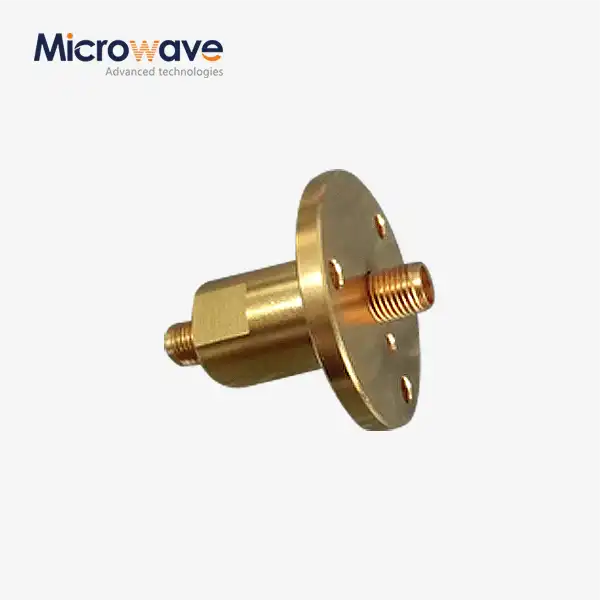
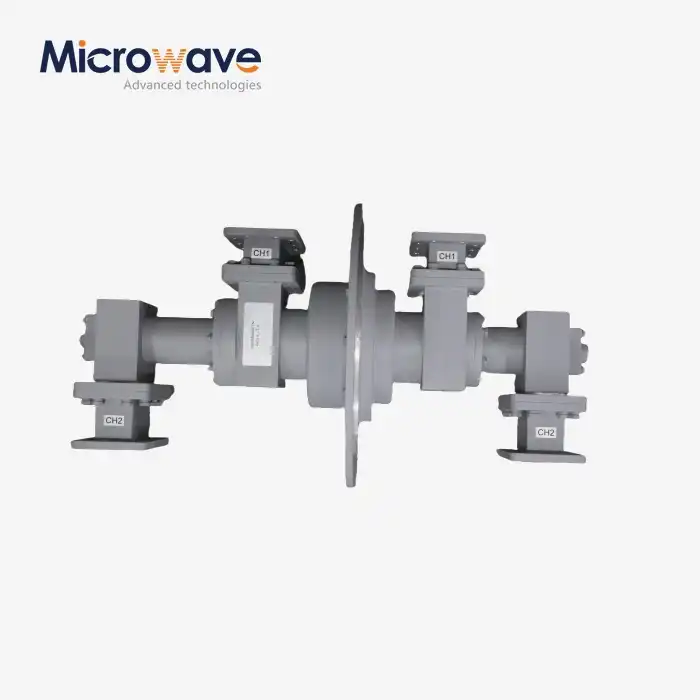
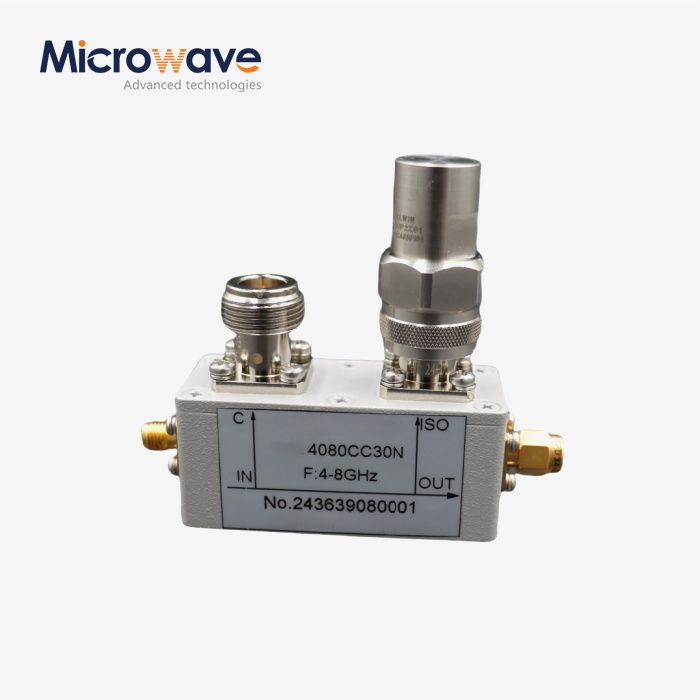
_1733738410152.webp)
